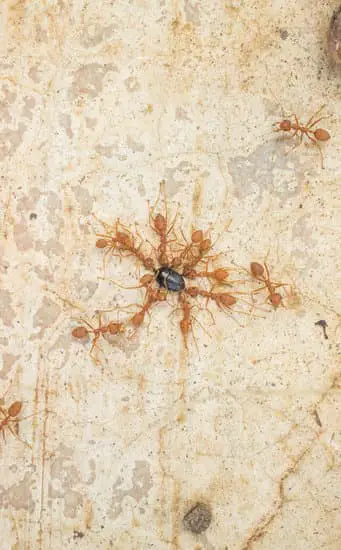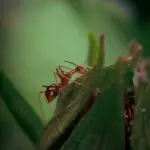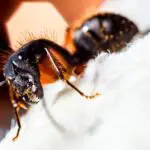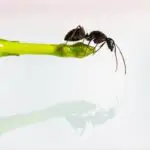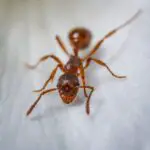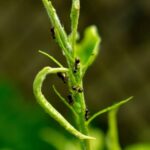How Ants Communicate With Each Other
Unlike most animals, ants are not capable of speech, but they still have a unique way of communicating. They communicate with each other by combining their unique body language with chemical signals. These chemical signals are called pheromones. This type of communication is used for a variety of purposes by species. Ants use pheromones to signal location, to tell other workers where to find food, and to attract mates.
Ants have organs on their antennae and legs that help them sense sounds. They also have special cells in their sensilla that produce odor-binding proteins. These proteins enter the nervous system through a pore in the sensilla. The odor molecules trigger an electrical energy nerve impulse that travels through the insect nervous system to the brain. The odor molecules then diffuse into air currents.
Some species of ants make sounds to attract potential mates and to signal social status. Others make sounds to warn others of danger.
In addition, some species of ants create a low-resonance sound, similar to a chirp, by rubbing two parts of the abdomen together. Some leafcutter ants also make stridulations, or vibrations, on the leaves of the plant they’re working on. This type of communication is used by some species to tell their nest mates that the leaves they’re cutting are ready.
Ants can also detect pheromones in the air. These chemical scents are used by some species to mark food resources, to attract mates, and to signal danger.
